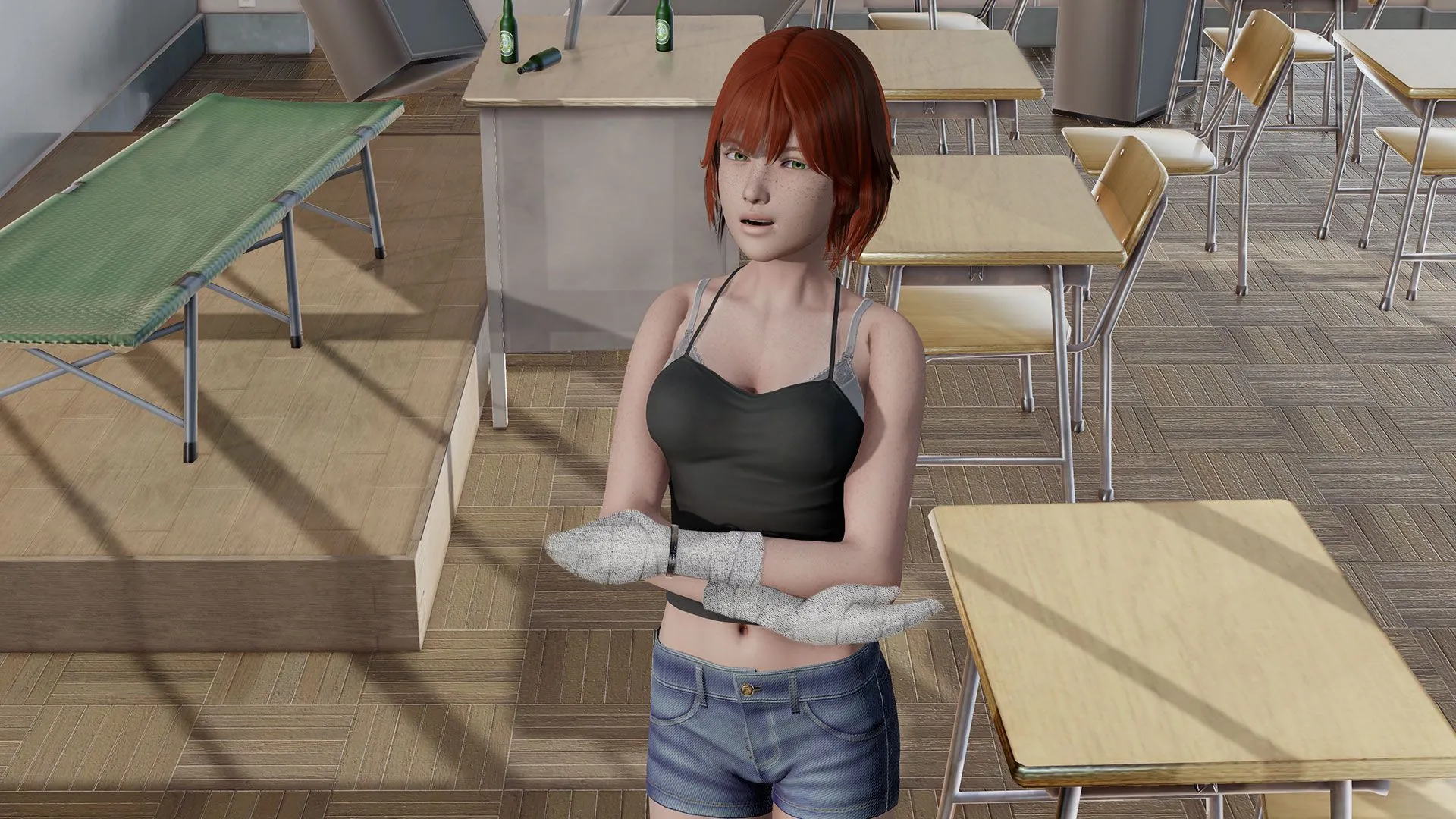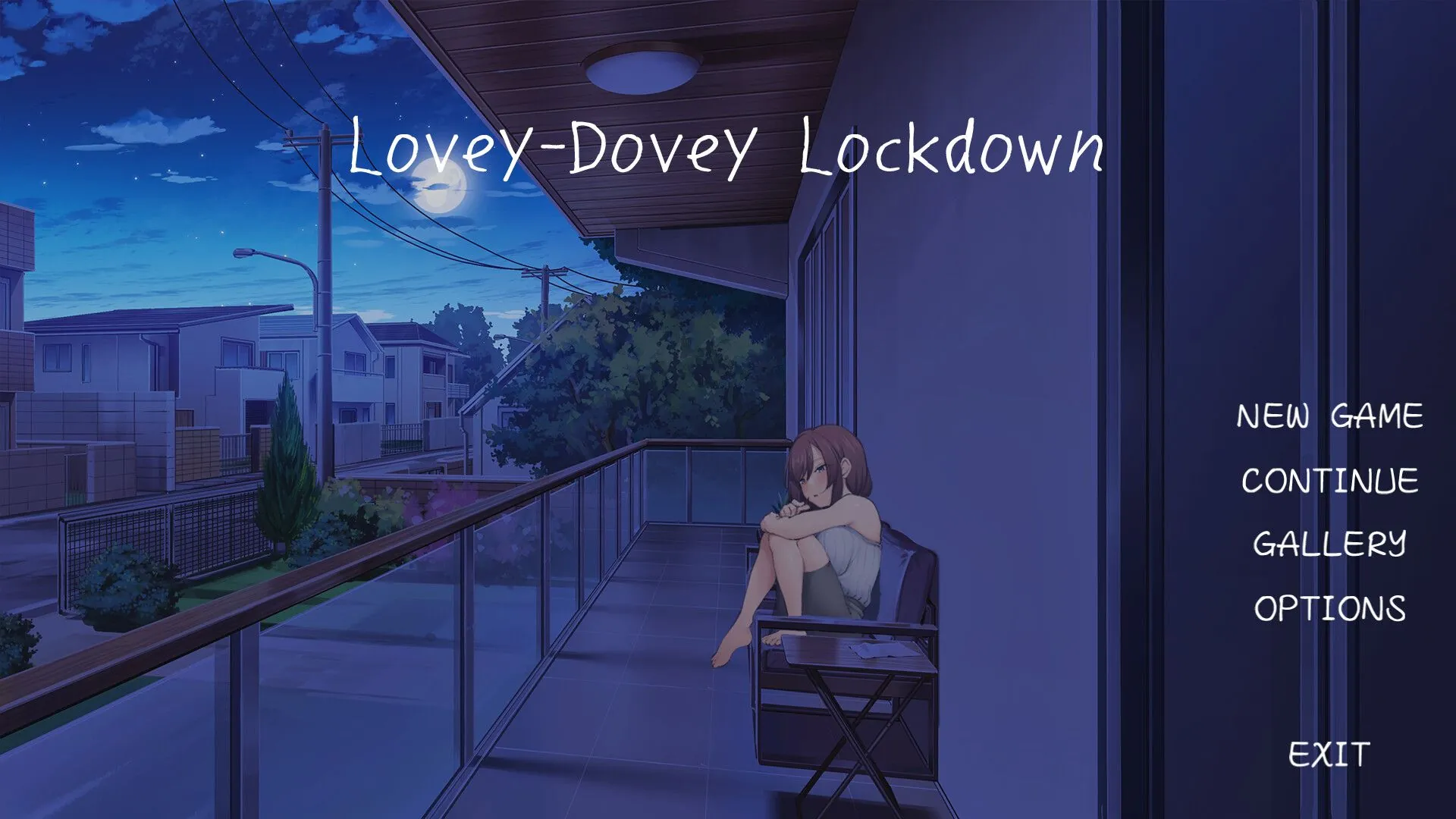
Lost in Paradise
Play Lost in Paradise
Lost in Paradise review
Exploring the World of ‘Lost in Paradise’ in Depth
In the realm of digital entertainment, ‘Lost in Paradise’ stands out as a unique experience that combines engaging gameplay with a captivating narrative. This article delves into the world of ‘Lost in Paradise’, exploring its key features, gameplay mechanics, and what makes it a standout in its genre. Whether you’re a seasoned gamer or just curious about this title, here’s your guide to understanding and enjoying ‘Lost in Paradise’.
Chapter 1: Gameplay Mechanics and Features
Stepping into the lush, untamed world of “Lost in Paradise” for the first time is an experience I won’t forget. I remember my initial spawn, surrounded by chirping birds and a dense canopy, completely unaware of the adventure that awaited. The core Lost in Paradise gameplay immediately sets itself apart; it’s not just about survival, it’s about becoming part of a living, breathing ecosystem. You’re not a conqueror here, but a participant. This chapter is your guide to mastering that participation, from the fundamental mechanics to the little secrets that make this world so magical. 🌿✨
What Makes ‘Lost in Paradise’ Unique?
So, what’s the big deal? 🤔 After playing countless open-world survival games, I can confidently say that “Lost in Paradise” carves its own niche. While many games have you battling zombies or hostile players, this title focuses on harmony and discovery. The most unique aspect is the Dynamic Relationship System with the island’s wildlife. I once spent a whole in-game week carefully leaving fruit offerings for a family of strange, fox-like creatures. When a larger predator ambushed me, that same family charged in to defend me! This isn’t a programmed script; it’s an emergent result of your actions. The Lost in Paradise gameplay loop is about building trust with your environment, not just exploiting it. This philosophy permeates every mechanic, making your journey feel personal and deeply rewarding.
Navigating the Game World
The island is vast, beautiful, and deceptively dangerous. Getting around is a core part of the Lost in Paradise gameplay, and it’s more than just holding down a ‘W’ key. The terrain is your first puzzle. You’ll need to climb towering cliffs, swim through crystal-clear lagoons, and navigate dark, winding caves.
Pro Tip: Always carry mats for a temporary shelter. Sudden tropical storms can be a real hazard, and having a dry place to wait it out is a lifesaver! 🏕️
Here’s a practical example from my own Lost in Paradise walkthrough of the Whispering Mangroves. This area is a maze of identical-looking trees and murky water. I kept getting lost until I learned to “read” the environment. The key was to ignore my map for a moment and look for the subtle, glowing fungi on the northern side of the tree roots. By following this natural trail, I found my way to the hidden grotto. This approach—observing rather than just following a waypoint—is essential for mastering the Lost in Paradise walkthrough of any challenging zone. Pay attention to the world; it’s talking to you. 🗺️
Key Features and Gameplay Elements
The magic of this game is in the sum of its parts. The Lost in Paradise features work together seamlessly to create an immersive experience. Let’s break down the essentials that define the Lost in Paradise gameplay.
Here is a list of the core mechanics you need to know:
- Adaptive Crafting: Your crafting menu evolves as you discover new resources and creatures. You don’t just learn recipes; you intuit them based on what you find.
- Non-Violent Progression: While defense is sometimes necessary, the most rewarding progression paths involve pacification, observation, and symbiotic relationships.
- Dynamic Weather & Seasons: The world changes, affecting resource availability and creature behavior. A path that was safe in the dry season might be flooded and dangerous in the monsoon.
- The Mystery of the Ancients: Scattered ruins and artifacts tell a deeper story of the island’s past, offering puzzles that reward you with profound lore and powerful tools.
To give you a clearer picture, here’s a table outlining some of the primary Lost in Paradise features and their impact:
| Feature | Description | Player Impact |
|---|---|---|
| Echo-Location Ping | A skill that uses sound waves to highlight interactive elements and creatures through solid objects. | Essential for cave navigation and finding hidden resources without a cluttered HUD. |
| The Trust Meter | A visual indicator of your standing with different animal factions on the island. | Directly influences whether creatures are neutral, helpful, or hostile towards you. |
| Bio-Luminous Gardening | Cultivating glowing plants that provide light, attract specific fauna, and can be used in advanced crafting. | Transforms your base into a safe haven and a resource hub for late-game items. |
A few Lost in Paradise tips I wish I’d known from the start: First, don’t hoard “special” items. Many are meant to be used as offerings or in specific environmental puzzles. Second, one of the most significant Lost in Paradise updates, the “Tides of Change” patch, added a full day/night cycle to the underwater regions, making nocturnal diving a whole new experience. Always check the patch notes! 🦉
Ultimately, understanding the Lost in Paradise gameplay and its rich Lost in Paradise features is the key to moving from a struggling survivor to a true guardian of the island. It’s a journey well worth taking. 🌅
In conclusion, ‘Lost in Paradise’ offers a rich and immersive gaming experience that is both engaging and thought-provoking. By understanding its unique gameplay mechanics and features, players can fully appreciate the depth and complexity of this title. Whether you’re a fan of the genre or just looking for something new, ‘Lost in Paradise’ is certainly worth exploring.












